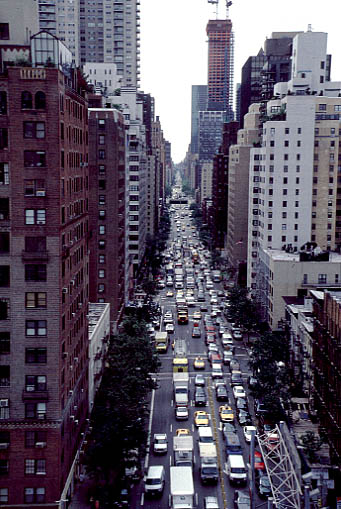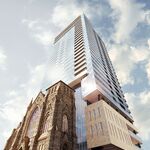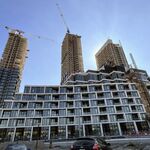rbt
Senior Member
5 lane roads? Everyone run for the hills!!! And by hills I really mean any number of the word's great cities.


Jarvis needs retail, and it needs to shed its bad reputation. The width of pavement has nothing to do with either, and certainly hasn't made people any less likely to avoid the street. Decreasing the absurd density of crack addicts, shelters, and prostitutes will accomplish far more for corridor than painting on bike lanes.
You will notice there are either very wide sidewalks or parking on both of those. Your Paris example has a ton of crosswalks. In fact, your Paris example is far less hostile to pedestrians than the Charles/Jarvis/Mount Pleasant intersection.




